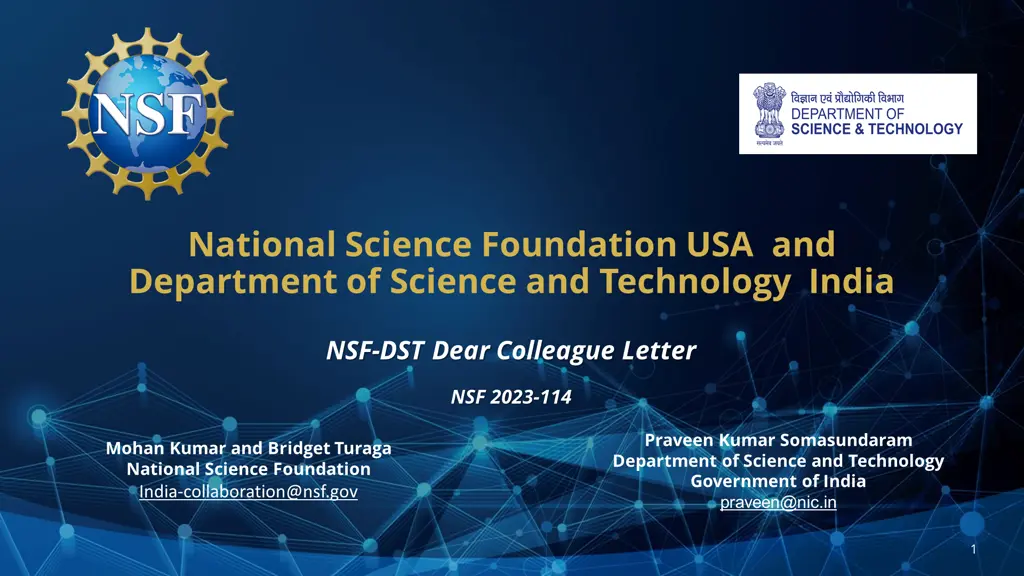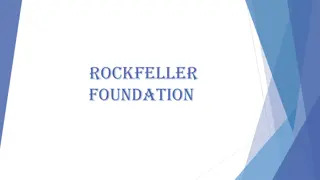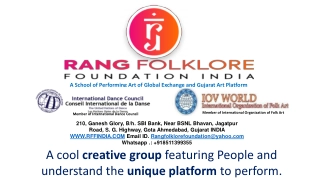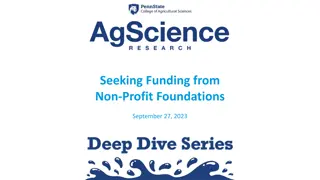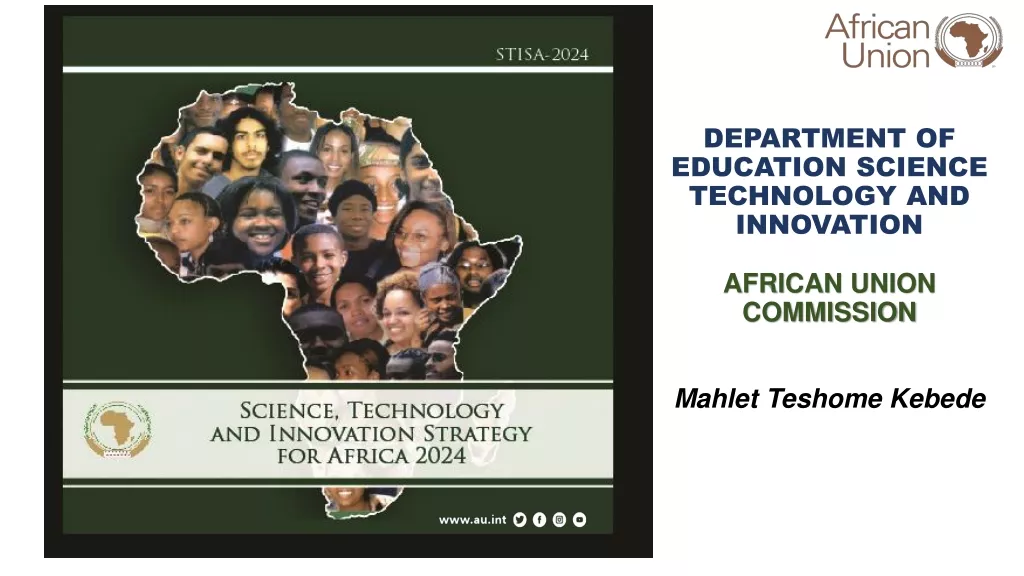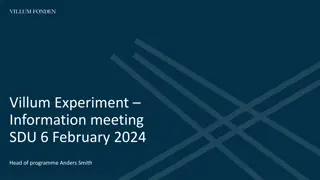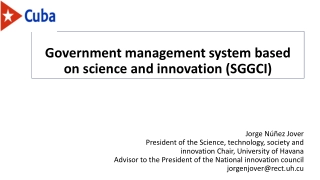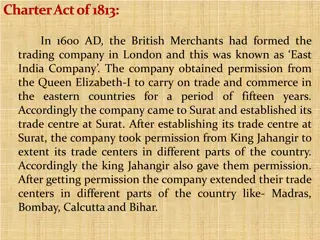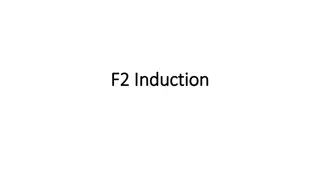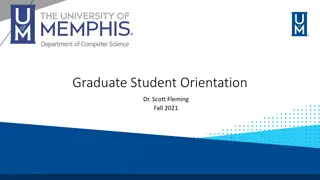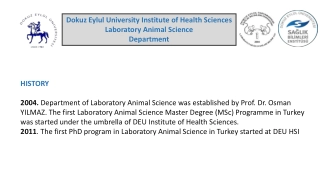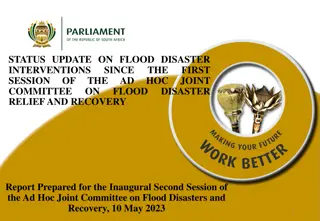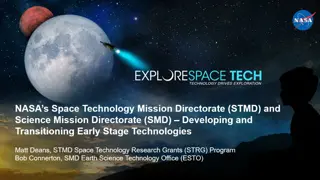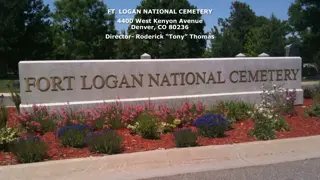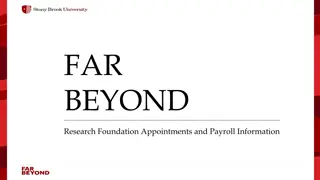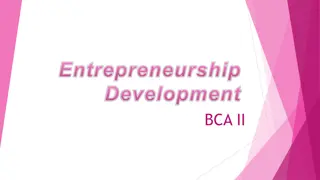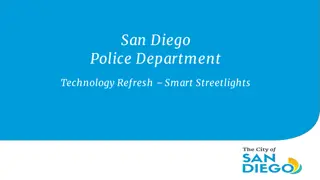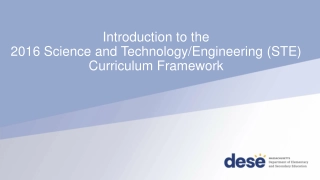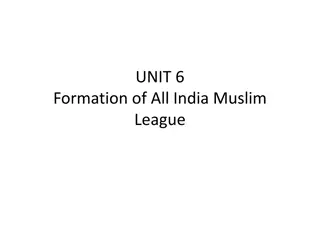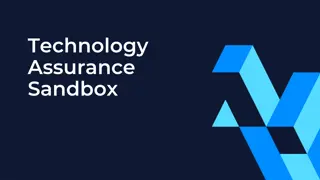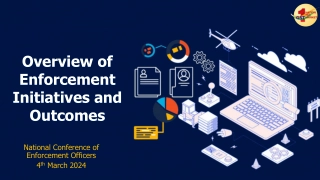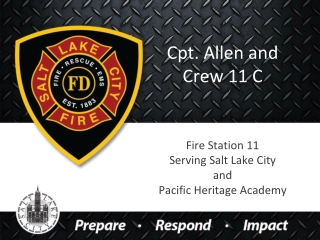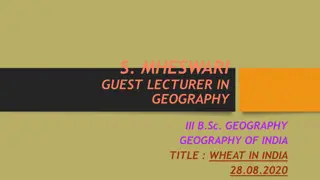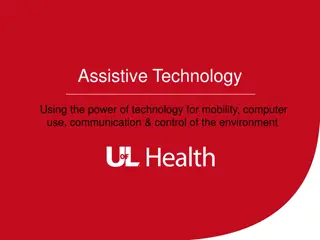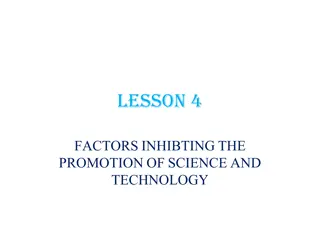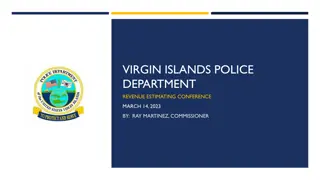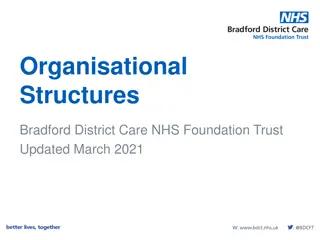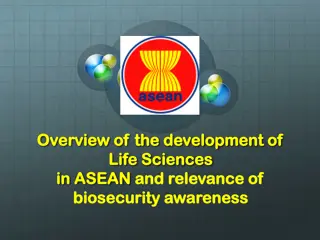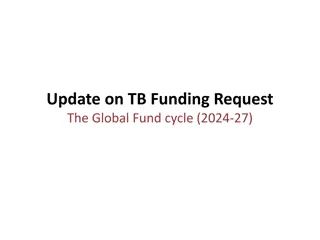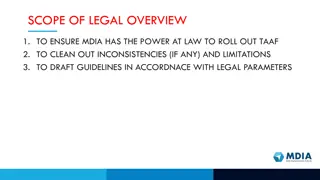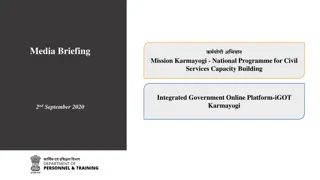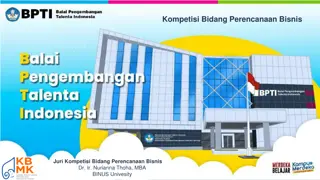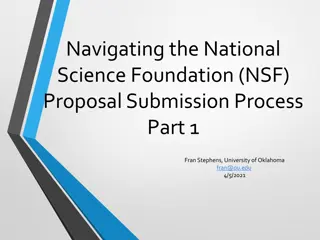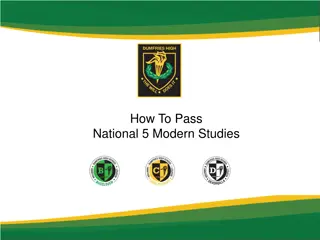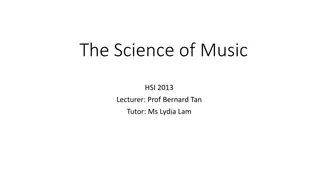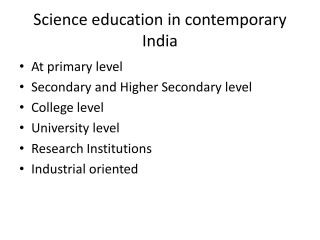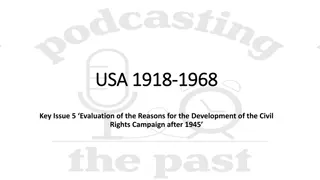National Science Foundation USA and Department of Science and Technology India
Collaborative research opportunity between the U.S. National Science Foundation (NSF) and the Department of Science and Technology (DST) of the Government of India aims to develop new knowledge in computing and communications fields. Investigators from both countries collaborate to write a single proposal and receive funding from their respective agencies.
- NSF-DST
- collaborative research
- computing
- communications
- knowledge development
- funding
- proposal
- investigators
Download Presentation

Please find below an Image/Link to download the presentation.
The content on the website is provided AS IS for your information and personal use only. It may not be sold, licensed, or shared on other websites without obtaining consent from the author. Download presentation by click this link. If you encounter any issues during the download, it is possible that the publisher has removed the file from their server.
E N D
Presentation Transcript
National Science Foundation USA and Department of Science and Technology India NSF-DST Dear Colleague Letter NSF 2023-114 Praveen Kumar Somasundaram Department of Science and Technology Government of India praveen@nic.in Mohan Kumar and Bridget Turaga National Science Foundation India-collaboration@nsf.gov 1
WEBINAR AGENDA I. Presentation by NSF and DST on the Joint Funding Opportunity II. Question & Answer Period Please put questions in the Q&A, and NSF and DST staff will answer them aloud during the Q&A period or in writing in the Zoom Q&A function.
RESEARCH AGENCY PARTNERSHIP In January 2023, the U.S. National Science Foundation (NSF) and the Department of Science and Technology (DST) of the Government of India signed an Implementation Arrangement on research cooperation. The Implementation Arrangement (IA) Framework to encourage collaboration between U.S. and Indian research communities Investigators from both countries collaborate to write a single proposal Single review process at NSF, the Coordinating Agency U.S. researchers receive funding from NSF India researchers receive funding from DST
NSF DEAR COLLEAGUE LETTER https://www.nsf.gov/pubs/2023/nsf23114/nsf23114.jsp 4
DST CALL FOR PROPOSALS https://onlinedst.gov.in/Projectproposalformat.aspx?Id=DST-NSF%20Joint%20call%20for%20Proposals 5
FOCUS AREAS This NSF-DST collaborative research opportunity focuses on areas of mutual interest that develop new knowledge in: Computing Communications Information science and engineering Advanced cyberinfrastructure Secure and trustworthy computing Cyber-physical systems. CISE Core programs - Directorate of Computer and Information Science and Engineering (https://beta.nsf.gov/funding/opportunities/computer-information-science-engineering-core) Cyber-Physical Systems (CPS) program Directorate of Computer and Information Science and Engineering and Directorate of Engineering (https://beta.nsf.gov/funding/opportunities/cyber-physical-systems-cps) Secure and Trustworthy Cyberspace (SaTC) program Directorates of Computer and Information Science and Engineering, Engineering, and Mathematical and Physical Sciences (https://beta.nsf.gov/funding/opportunities/secure-trustworthy-cyberspace-satc)
Computing and Communication Foundations (CCF) CISE CORE PROGRAMS Communications and Information Foundations (CIF) program Algorithmic Foundations (AF) program Computer and Network Systems (CNS) Computer Systems Research Networking Technology & Systems Foundations of Emerging Technologies (FET) program Software and Hardware Foundations (SHF) program Office of Advanced Cyberinfrastructure (OAC) Information and Intelligent Systems (IIS) Human- Centered Computing (HCC) program Information Integration and Informatics (III) program Robust OAC Core Research (OAC Core) program Intelligence (RI) program https://beta.nsf.gov/funding/opportunities/computer-information-science-engineering-core 7
What are Cyber-Physical Systems Deeply integrating computation, communication, and control into physical systems everywhere Characteristics of CPS Application Domains Pervasive computing, sensing and control Networked at multi-&-extreme scales Dynamically reorganizing/reconfiguring High degrees of automation Dependable trustworthy operations High assurance and formal verification Scalable, interoperable, safe, usable Autonomy & human-in/on-the-loop Conventional and unconventional substrates / platforms Critical Infrastructures Energy & Industrial Automation Healthcare and Biomedical Transportation Systems
Overview of the CPS Program Application Sectors The goal of the CPS program is to develop the core system science needed to engineer complex cyber-physical systems upon which people can depend with high confidence Reveal cross-cutting fundamental scientific and engineering principles that underpin the integration of cyber and physical elements across all application sectors Multi- agency: NIFA, DOT, NIH, DHS More than $400M, over 200 active projects since program start Some revisions to solicitation in progress Smart & Connected Communities Aeronautics Manufacturing Safety Control Verification Automotive Information Management Agriculture Autonomy Design CPS Core Data Analytics Networking Real-time Systems Human in the Loop Energy Security Privacy Civil IoT Materials Medical 9
SECURE AND TRUSTWORTHY CYBERSPACE (SaTC): One of NSF s Largest Research Programs SaTC approaches security and privacy as a socio-technical problem involving deep scientific and engineering problems as well as vulnerabilities that arise from human behaviors CISE Computer & SBE Social, Behavioral, and Economic Sciences Information Science & Engineering EDU STEM Education MPS Math and Physical Sciences ENG Engineering 10
OVER 1000 ACTIVE AWARDS IN THESE TOPICAL AREAS Slide 1 of 2 Authentication Data Science Biometrics Formal Methods Cryptography Applied and Theory Hardware Security Architecture Cyber Physical Systems Hardware Security Design Cybersecurity Education Information Authenticity 11
OVER 1000 ACTIVE AWARDS IN THESE TOPICAL AREAS Slide 2 of 2 Social, Behavioral and Economic Sciences Intrusion Detection Language-Based Security Software Mathematics and Statistics Systems Networking Wired and Wireless Transition to Practice (TTP) Privacy Applied and Theory Usability and Human Interaction 12
FUNDING LIMITS and DATES Small Project Class only No separate Call for US Investigators U.S. Investigators funded by the NSF NSF funding limit - USD 600 K India Investigators funded by DST DST funding limit - INR 2 Crores U.S. Investigators submit to Research.gov (https://www.research.gov), or Grants.gov (https://www.grants.gov/). India investigators submit to https://onlinedst.gov.in/ NSF Target Date: August 15, 2023 DST Deadline: August 14, 2023
PROPOSAL SUBMISSION Proposals will be submitted to NSF by U.S. investigators A separate copy of the same proposal to be submitted by the India investigators to DST Identical Summary, Description and References Agency specific Budget, Supplementary and other documents
PROPOSAL REVIEW DST will check that the Indian investigators have active and appropriate roles and confirm their eligibility at the onset of the process Proposals will be reviewed by experts contacted by NSF DST may recommend experts from India Proposals will compete with other proposals received for the same funding round of the program to which the proposal is submitted DST officials may attend and observe any discussions as part of the merit review Not conduct a parallel review
PROPOSAL FUNDING NSF will share outcome of review process with DST DST will honor the NSF review process NSF will honor DST inputs and insights NSF intends to make awards to the U.S. investigators DST intends to make awards to the Indian investigators
Thank you! Questions? 17
